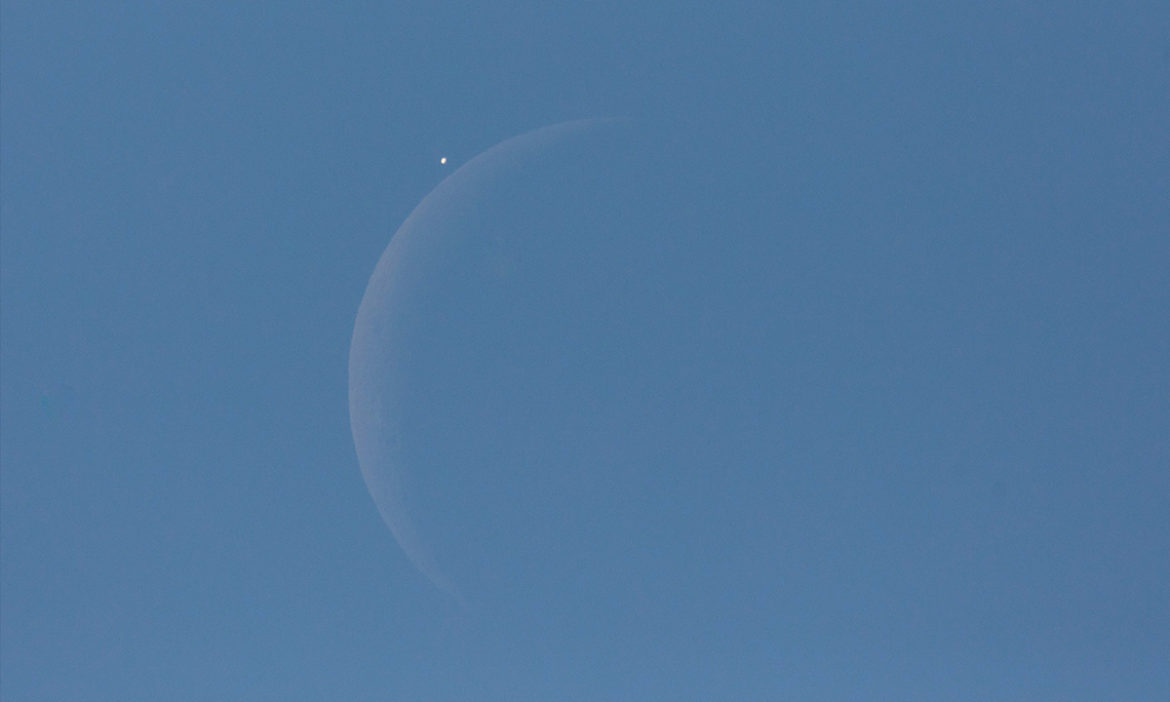TWH – There are a few astronomical – and astrological – events occurring this week. Actually, there’s quite a bit happening in the skies.
First, get ready for the infamous Mercury retrograde.
Today, we are in the shadow of the second mercury full retrograde of 2020. We have been in the pre-shadow of this Mercury retrograde since June 2. Mercury will go retrograde in the sign of Cancer on June 18 at 4:59 am Coordinated Universal Time or 12:59 am Eastern Daylight Time (EDT). To make that even more confusing, that is 9:59 pm Pacific Daylight Time (PDT) on June 17.
Mercury will remain in retrograde motion for almost 24 days. It will return to the direct station on July 12. Remaining in Cancer, the post-shadow of Mercury will persist until July 26 at 5:06 pm Coordinated Universal Time, 1:06 pm EDT, 10:06 am PDT.

The Occultation of Venus in 2015 Source: NASA [Photo Credit: Joel Kowsky]
The illusion ends as the relative angle of the Earth to the sun shifts the view of Mercury in such a manner that the planet appears to return to forward motion in the sky.
Named after the major Roman god of wealth, finance, commerce, communication, eloquence, luck, divination, traveling, luck and trickery, from an astrological perspective, the planet shares governance over many of these areas. The retrograde motion implies that work in all of these areas will be more challenging, especially in communication and technology like computers.
The night of June 18, Venus and the Moon will join the Pleiades in the night sky. But then, on Friday, June 19, the waning Moon will occult Venus.
From northwestern Europe to Northeastern Canada, Venus will appear next to a sliver of the Moon. The Occultation of Venus will be visible from the northeastern US but only in the very early morning skies. The low illumination will present a real challenge for the observer, though.
Those of us in other parts of the world will have to wait for photos; however, in the northwestern parts of the US and Canada, the Moon and Venus will rise after the occultation and will still be an amazing sight.
The following day, on Saturday, June 20, we will witness the solstice: summer in the Northern hemisphere and winter in the southern hemisphere. It will happen officially at 11:45 Coordinated Universal Time.
But the shortest night of the year in the northern hemisphere will also pair with a New Moon, making the skies beautifully dark. If you happen to live far from city light the Milky Way will be visible around midnight.
But wait, there’s more! On Sunday, June 21, we will have a Solstice “Ring of Fire” eclipse in parts of the world. The new moon will be in apogee–furthest from the Earth making it appear smaller in the sky. But it will also be far enough away that as it crosses the path Sun, it will not eclipse it in full, only 99.4% at the height of the event.
The result will be a stunning “Ring of Fire” eclipse as the Sun shines around the shadow of the Moon. Formally called a partial annular solar eclipse, the event will only be visible from the Republic of Congo, Democratic Republic of Congo, South Sudan, Ethiopia, Eritrea, Yemen, Oman, Pakistan, northern India, Tibet, China, Taiwan and, finally, Guam.

If you are in the region of the eclipse and have the opportunity to view it, remember to follow appropriate precautions. The website Sky & Telescope has information eclipse viewing safety.
For those of us not in the regions of the eclipse, it may be too late to pack our bags and head there. Travel restrictions might even make this impossible.
But not to worry: the Slooh Observatory and Google both have us covered. Slooh is a global robotic telescope network and service that can be viewed via a web browser.
The Ring of Fire Eclipse will be live-streamed on YouTube.
There is also a watch party planned by Slooh.
The “Ring of Fire” eclipse will begin at 11:45 pm/8:45 pm EDT/PDT with the total starting at 12:47 am/9:47 pm EDT/PDT. The Maximum will occur at 2:40 am /11:40 pm and end at 5:34 am. Timing will be tricky depending on your viewing location but the website Time and Date can help.
The Wild Hunt is not responsible for links to external content.
To join a conversation on this post:
Visit our The Wild Hunt subreddit! Point your favorite browser to https://www.reddit.com/r/The_Wild_Hunt_News/, then click “JOIN”. Make sure to click the bell, too, to be notified of new articles posted to our subreddit.